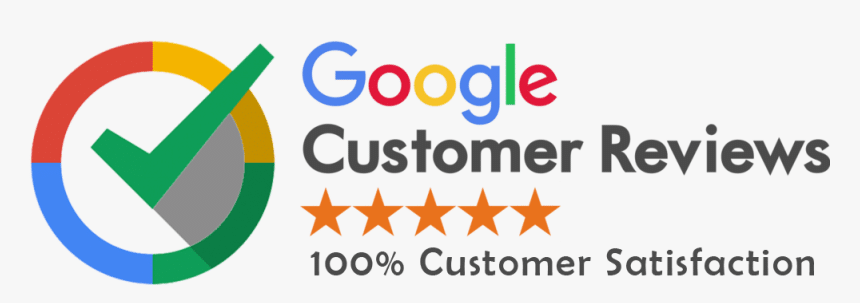Cross-platform Mobile Application Development tools help developers write a single codebase that runs smoothly on multiple operating systems like Android, iOS, and Windows. These platforms have different architectures, making it challenging to build apps that work across all devices. However, with the right tools, developers can create powerful, flexible, and scalable applications that ensure a seamless user experience.

Why Choose Cross-Platform Development?
- Cost-Effective: Developers don’t need to write separate code for different operating systems, reducing time and costs.
- Faster Development: A single codebase speeds up the development process.
- Wider Reach: Apps can target users across various platforms.
- Easy Maintenance: Updates and bug fixes can be applied across platforms at the same time.
Now, let’s explore some of the most trendy and effective cross-platform development tools in the market today.
1. Flutter
Flutter, developed by Google, is a popular UI toolkit for building natively compiled applications. It uses the Dart programming language and offers a rich set of pre-designed widgets, allowing developers to create visually appealing applications.
Why Choose Flutter?
- Fast performance with hot reload for real-time changes.
- Ideal for high-performance and visually attractive applications.
- Strong community support and backed by Google.
- Suitable for startups and enterprise-level applications.
2. React Native
React Native, developed by Facebook (Meta), is another powerful framework that allows developers to build cross-platform mobile apps using JavaScript and React.
Why Choose React Native?
- Large community and extensive library support.
- Code reusability reduces development time and cost.
- Smooth animations and native-like performance.
- Popular brands like Instagram, Airbnb, and Tesla use React Native.
3. Xamarin
Xamarin, owned by Microsoft, enables developers to create native-like applications using C# and .NET. It allows developers to share 90% of their code across platforms.
Why Choose Xamarin?
- Offers a near-native performance.
- Ideal for enterprise applications.
- Provides built-in testing tools.
- Supported by Microsoft, ensuring long-term stability.
4. PhoneGap (Apache Cordova)
PhoneGap, also known as Apache Cordova, is an open-source mobile development framework that allows developers to create apps using HTML, CSS, and JavaScript.
Why Choose PhoneGap?
- Easy to learn, especially for web developers.
- Good for simple and content-driven mobile apps.
- Supports a variety of plugins to access device features like camera and GPS.
- Works well for small projects but lacks high performance for complex apps.
5. MoSync
MoSync is an Eclipse-based cross-platform development tool that supports multiple languages, including C/C++, PHP, Python, Ruby, JavaScript, and Java. It enables developers to create apps for various operating systems, including Android, iOS, Windows, and Linux.
Why Choose MoSync?
- Supports a wide range of programming languages.
- Free and open-source.
- Best suited for developers comfortable with Eclipse-based IDEs.
Comparison Table: Best Cross-Platform Development Tools
| Tool | Language Used | Performance | Best For |
|---|---|---|---|
| Flutter | Dart | High | Beautiful UI apps |
| React Native | JavaScript | Medium-High | Fast & flexible apps |
| Xamarin | C#/.NET | High | Enterprise solutions |
| PhoneGap | HTML, CSS, JS | Medium | Simple web-based apps |
| MoSync | C++, PHP, JS | Medium | Developers using Eclipse |
Choosing the Right Tool for Your Needs
- If you need a high-performance UI: Flutter is the best choice.
- If you prefer JavaScript and React: React Native is a great option.
- For enterprise applications: Xamarin offers the best stability.
- For web developers transitioning to mobile: PhoneGap is ideal.
- If you want an Eclipse-like development experience: MoSync is worth considering.
Conclusion
Cross-platform mobile app development is evolving rapidly, with tools like Flutter, React Native, and Xamarin leading the way. The choice of the right tool depends on your project requirements, budget, and target audience. Keeping up with the latest trends and technologies will ensure you stay ahead in the mobile app development industry.
Want to build a cross-platform mobile app? Explore these tools and start your development journey today!




